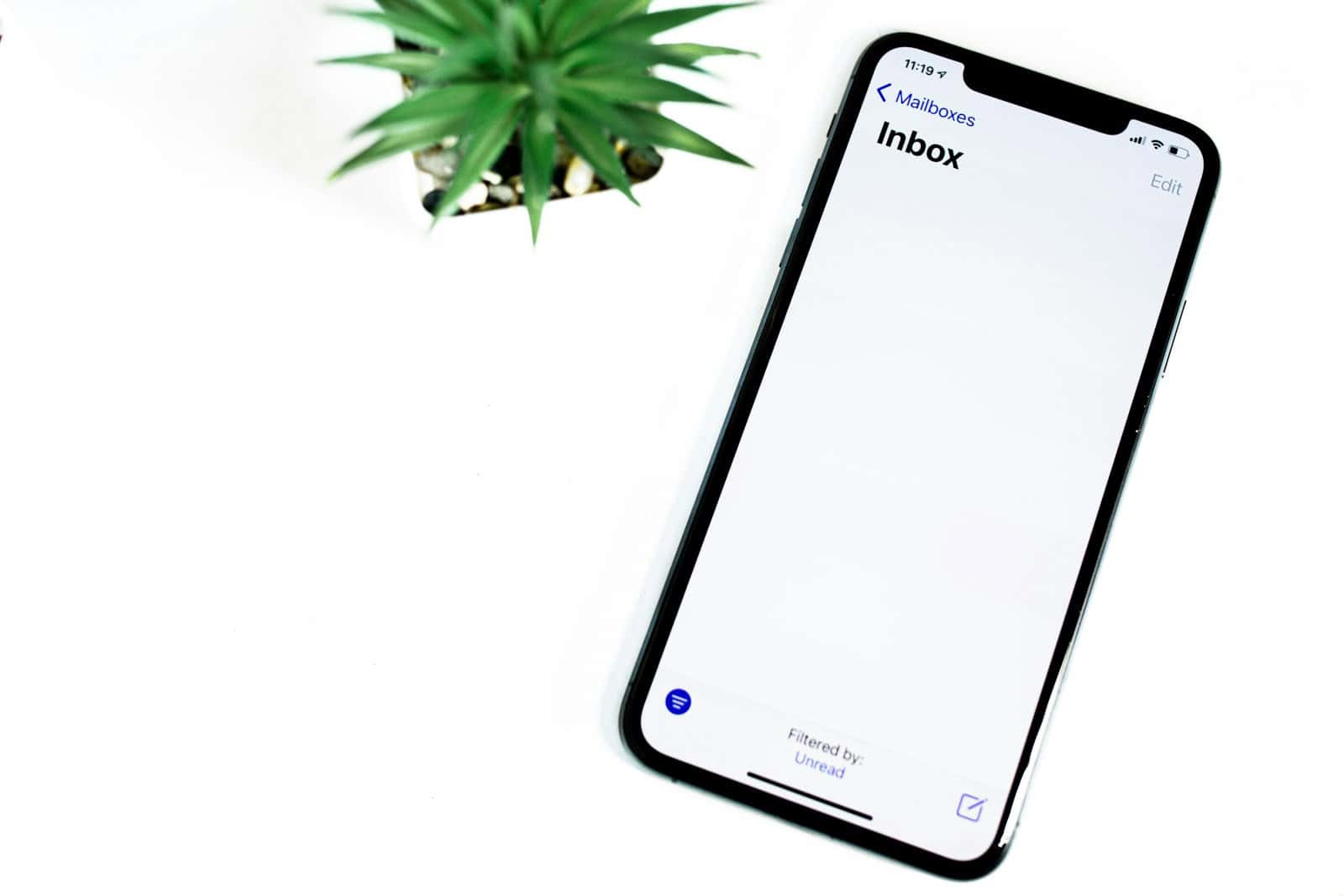Sending photos through email directly from an iPhone is a process that’s both quick and easy. The iPhone’s built-in Mail app allows users to attach and send images with just a few taps. Whether sharing holiday snaps or work-related images, the process is straightforward. Users must first select the photos they wish to send from the Photos app on their iPhone. After choosing the desired images, sharing them via the Mail app involves a few simple steps that seamlessly integrate with iOS.
The iPhone’s interface is designed for convenient access, meaning users can attach photos to an email swiftly, without having to navigate through complicated menus. When composing a new email, the option to attach photos or videos is readily available. Users can attach files from different sources, such as the Photos app or iCloud Drive, providing flexibility in how they manage and send their files.
The Mail app’s features include the ability to take a new photo or video to attach, adding a level of immediacy to the user’s communication. With a couple of additional touches, users can also personalize their message by using the Markup tool to create drawings or annotate images before hitting send.
Email Photos from iPhone
Sharing photos directly from your iPhone via email is quick and convenient. Whether you’re sending vacation snapshots to family or work-related images to colleagues, iOS makes the process seamless.
Here’s a step-by-step guide to emailing photos from your iPhone.
✉️ Method 1: Email Photos Directly from the Photos App
- Open the Photos App
- Find the photo(s) you want to send.
- Select the Photo(s)
- Tap Select in the top-right corner.
- Tap each photo you want to include.
- Tap the Share Button
- It’s the square with an upward arrow at the bottom-left.
- Choose Mail
- Scroll through the sharing options and tap Mail.
- Compose Your Email
- A new email draft will open in the Mail app with your photo(s) attached.
- Enter the recipient’s email, subject, and message.
- Send
- Tap the blue send arrow in the top-right corner.
✉️ Method 2: Attach Photos from the Mail App
- Open the Mail App
- Tap the Compose button (square with a pencil).
- Insert Photos
- Tap inside the email body where you want the photo.
- Tap the photo icon (or long-press → Insert Photo or Video).
- Select the photo(s) from your library.
- Finish & Send
- Add recipient, subject, and message.
- Tap Send.
📏 Choosing Photo Size (Optional)
When sending multiple photos, iOS may ask you to choose a size:
- Small: Faster to send, lower quality.
- Medium: Balanced option.
- Large/Actual Size: Best quality, larger file size.
💡 Tips for Emailing Photos on iPhone
- Multiple Photos: You can attach several at once (up to 5–10 MB per email, depending on your mail provider).
- iCloud Links: For larger batches, iPhone may automatically create an iCloud link instead of attaching files.
- Third-Party Mail Apps: Gmail, Outlook, and Yahoo apps also allow direct photo attachments.
✅ Final Thoughts
Emailing photos from your iPhone is simple:
- Use the Photos app for quick sharing.
- Use the Mail app if you’re already drafting an email.
- Choose the right size depending on whether you want speed or quality.
With just a few taps, you can send your favorite memories or important images straight from your iPhone to anyone’s inbox.
Key Takeaways
- IPhone users can send photos via email using the Mail app.
- Photos can be attached to an email directly from the Photos app or iCloud.
- Users can annotate images with Markup before sending.
Preparing Your Photos for Email
Before emailing photos from your iPhone, it’s important to select the right images, make any necessary edits, and manage attachment sizes to suit your needs.
Selecting Photos from Your Library
To begin, open your Photos app. Tap the Album or the Library tab to find your recent photos. You can choose a new photo from your Camera Roll or any other album. Tap Select and choose one or multiple photos you wish to send. Once selected, tap the share button to proceed to the next step.
Editing Photos Before Sending
Sometimes photos need a quick touch-up before they’re ready to email. Use the edit function in your Photos app to adjust the image. You can crop, apply filters, or adjust brightness and contrast. Remember to save your edits.
Managing Photo Attachments
When adding a file as an attachment, consider the image size. An actual size photo is large and can take longer to send. To attach a photo, choose the photo, tap the share button, then select your email account. Before sending, select a smaller file size if needed, to ensure your email sends quickly. Insert the recipient’s email address to share your prepared photos.
Composing and Sending Your Email
When you need to email photos from your iPhone, the Mail app makes it simple. This section walks you through the steps from creating a new email to attaching photos and using Mail Drop for larger files.
Creating a New Email Message
To start, open the Mail app on your iOS device and tap the new message button. It looks like a pencil inside a square. Here you will find fields for the email recipients, subject, and the main message. If you’re sending this from an iPad or Mac, the process is the same.
Attaching and Sending Photos
Once your message is ready, tap the photo icon within the email message to add images. You can select one or more photos to attach. When you’re done, just tap the send button. It’s the upward-pointing arrow in a blue circle. If you’ve selected a large photo or video, iOS may suggest using Mail Drop to send the file.
Using Mail Drop for Large Files
Mail Drop allows you to send large files without clogging the recipient’s inbox. If your attachment is too big, a prompt will appear with the option to use Mail Drop. Tap Use Mail Drop to send your large photos and videos. The recipient will get a link to download the files from the cloud.







